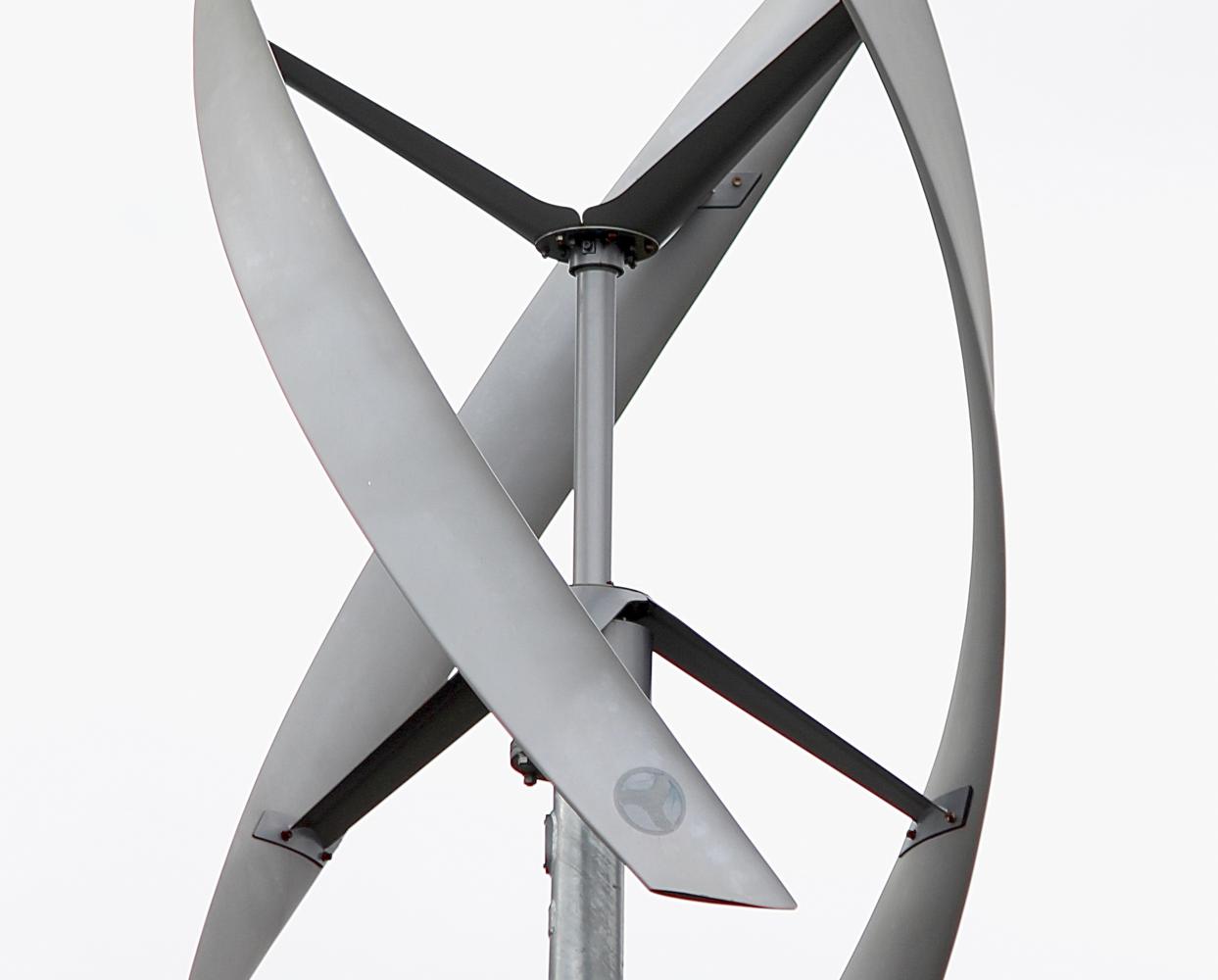RIT has made big strides in recent years toward becoming a fully sustainable campus.
On April 22, 2009, then President Bill Destler signed the American College and University Presidents’ Climate Commitment (ACUPCC). The commitment was a landmark pledge by academic leaders to move their campuses towards more sustainable programs and practices.
After signing the ACUPCC, RIT conducted its first sweeping inventory of the school's greenhouse gas emissions. Beginning in 2009, the initial inventory gathered data on emissions produced by everything from purchased electricity to on-campus stationary usage. Even emissions resulting from staff and student commuting were included.
Completed in March of 2010, the initial study was used as the baseline for RIT’s sustainability progress today. Another study was completed in August of 2011 and a third study is now pending. This baseline helped administration develop a strategic Climate Action Plan (CAP) for the institute.
Climate Action Plan
Open to the public for comments until May 26, 2017, the CAP aims to substantially reduce the university’s dependence on outside energy suppliers, while simultaneously lowering greenhouse gas emissions and fossil fuel usage.
Some of the plan's goals included a 40 percent reduction of energy purchased from outside suppliers by 2030 and to become fossil fuel-free by 2045. So far RIT has stayed committed to these goals. In the baseline year 2009, RIT had emitted 77.5 thousand metric tons of the carbon dioxide. But by 2016, RIT’s emissions had declined to less than 54 thousand tons, almost a 31 percent decrease.
The plan's goals included becoming fossil fuel-free by 2045.
The university has also made good on the CAP plan to increase renewable energy production in the form of solar energy.
“RIT is continuing to expand on-campus power generation, with plans to deploy more solar PV panels,” said Thomas Trabold, the head of the Department of Sustainability and an associate professor.
According to data from the CAP report, RIT more than quintupled its production of on-site solar electricity from
Sustainable Tech
Aside from these results, RIT is unique by being one of the only institutions in the country to offer a Ph.D. program for sustainability. The program is fielded by the Golisano Institute for Sustainability. According to Trabold, the college has been working on some significant contributions to RIT’s sustainability goals in recent years.
“The Golisano Institute for Sustainability, or GIS, produces more on-site electricity than is currently being used in the building itself,” Trabold said.
GIS features an impressive array of cutting edge power generation technologies, including a 400 kilo-watt phosphoric acid fuel cell, a solar photovoltaic array, several wind turbines and geothermal wells. Both the fuel cell and wind turbines are visible outside the college.
“The average building electricity demand [for GIS] is 120–150 kilowatts, depending on the time of year, but more than half of the fuel cell output is exported to the rest of the RIT campus,” said Trabold.
In addition to producing surplus electricity for other buildings, the fuel cell helps heat the campus water loop.
“In the winter months, the waste heat from the fuel cell reaction is used to heat the building and provide additional thermal energy for the campus’ hot water loop which provides heating for most of the buildings ... Producing energy on campus using smaller distributed technologies like fuel cells enables utilization of this ‘waste heat,’ thereby offering overall system efficiencies as high as 90 percent,” said Trabold.
The waste heat from the fuel cell reaction is used to heat the building.
Energy Independence
Trabold says that this higher efficiency should translate into lower net greenhouse gas emissions and an overall reduction in the Tigers’ carbon pawprint. But sustainability isn’t just about energy efficiency. RIT recognizes the need for the campus to be as independent as possible from far away third-party suppliers of water and electricity.
“Some buildings such as GIS have green roof systems that can recover and filter rainwater to reduce water demand relative to a conventional building by as much as two thirds. Having such systems on campus may improve resilience by isolating some power generation from disruptions to the primary electrical grid,” said Trabold.
A great deal of progress has been made in recent years, but transforming RIT into a zero environmental impact institution is a complex process involving many factors. There is always room for improvement and participation at every level of the process is encouraged.
To find out more information about the Climate Action Plan, or to learn how to participate in RIT’s efforts and practices to become more sustainable, visit https://www.rit.edu/sustainability/energy-and-climate.








